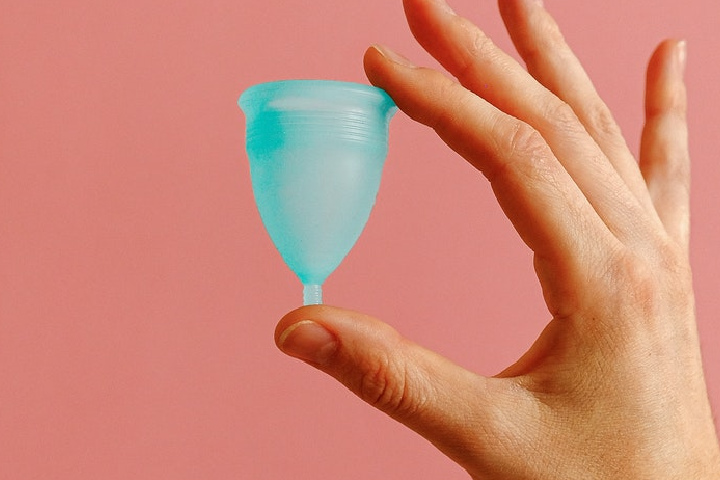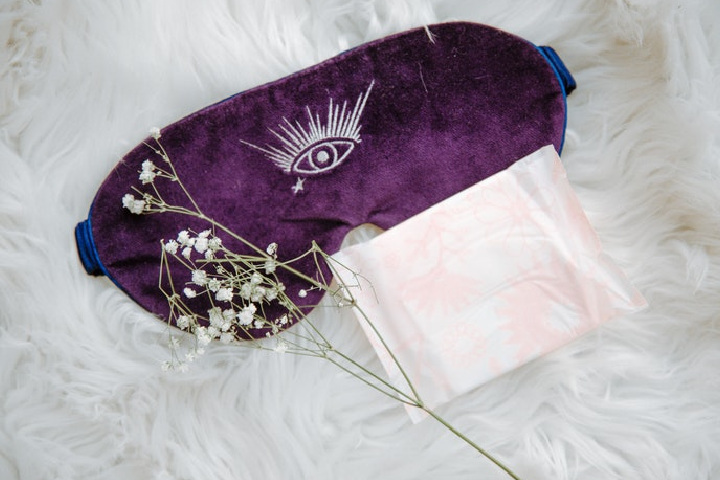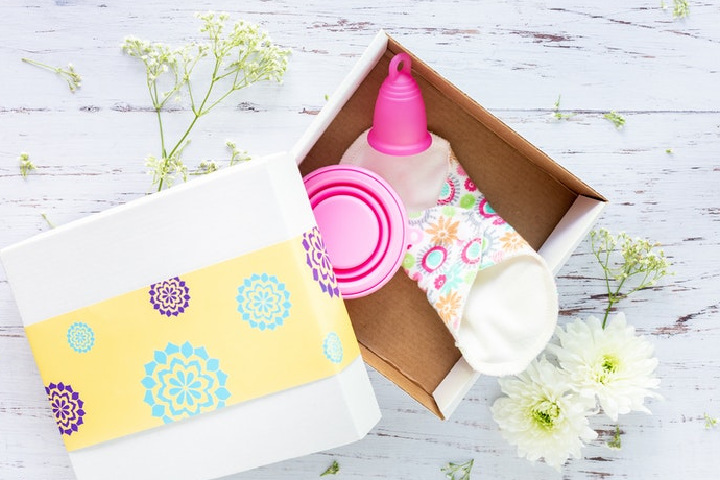Pads: Menstrual pads and cups and cloth pads are the sustainable alternatives to disposable pads and tampons. We tell you everything you need to know about these new, cheaper, and more ecological options for those days of the cycle.
During her productive life, a woman can use up to 15,000 tampons, panty liners, and pads. And is that women have periods around 400 times throughout our lives, which usually lasts from 5 to 7 days.
For this reason, menstrual hygiene items are an essential product that we use every month throughout our productive lives.
The best known and most used are compresses and tampons. However, they are disposable, so they hurt the environment and can cause irritations, infections, and alteration of vaginal pH.
Currently, new options appear on the market to pass these days of the cycle that promise to be very efficient and, above all, more ecological and sustainable.
Table of Contents
1. Menstrual Underwear
It is the latest in feminine intimate hygiene. The menstrual brief is a washable brief that absorbs flow during menstruation and can be worn for up to 12 hours. Its fabric neutralizes odors, prevents any sensation of humidity, is waterproof, breathable, and prevents leaks.
Each brief can be worn throughout the day or all night without changing them, so it saves you from having to find a nearby bathroom to change the pad or tampon (which should be done every 4 or 6 hours).
It depends on the panty; it offers the absorption equivalent to between 1 and 3 tampons.
They are comfortable to wear, hygienic, have a lifespan of up to 5 years, and fit all women and body types as they exist in various sizes and shapes: regular knickers, more massive knickers, etc. thongs.
To wash them, they only have to go through cold water just after being taken until the water runs clear. Afterward, they can be put in the washing machine at 30 ° C and other garments, better in a washing bag to protect them.

It is unnecessary to use stain removers. It is recommended not to use fabric softener since it can saturate the absorbent fibers, or dryer, which deteriorates the waterproof part and the toes.
These panties can also be used with small losses during the cycle or if you suffer from urinary incontinence.
2. Menstrual Cup
It is another option that respects the woman’s body compared to other traditional intimate hygiene products that can be subject to bacterial growth and cause infections due to the materials with which they are composed.
It is also ecological and respectful of the environment.
From Intimina, a company that offers products dedicated to healthy and sustainable female intimate health, Pilar Ruiz tells us that her menstrual cups are made of biocompatible medical-grade silicone, a non-porous material that prevents bacterial growth, being very hygienic.
Also, they do not contain toxins or phthalates like other traditional products.
How Is It Used
“Its use is simple. It is inserted folded into the vagina as if it were a tampon, and, once inside, it recovers its natural shape and adapts to the body of each woman. As it does not absorb but collects the menstrual flow, it protects the balance intimate “, Pilar Ruiz explains its use.
“It can take up to 12 hours and is very soft and flexible, so it doesn’t scratch or dry out the vaginal wall, ” he adds.
To clean it, every time you remove the cup, you must empty it and rinse it with water. And when the menstruation ends, sterilize it with boiling water.
Another advantage is that the menstrual cup is sustainable since it is reusable, and inexpensive since it reduces the purchase of alternative products.
“This protection method has a life of about 10 years. Also, it has an economical price, on average it is 25 euros, so you can save 75% of what is usually spent on disposable products, ” underlines Pilar Ruiz.
There are different types and sizes of menstrual cups, which adapt to all stages of women and their needs and lifestyle.

According to a study by Intimina, more and more women are switching to the menstrual cup.
3. Fabric Sanitary Towels
These pads are washable and reusable. They are usually made of 100% organic cotton, so they are hypoallergenic, have great absorbent power, natural touch, and are breathable.
The models vary from panty liners, day pads, and night pads (or for more massive days). The hours of use will depend on the day of the cycle and the amount of flow of each woman.
It is not difficult to keep cloth pads clean. The process is similar to that of menstrual panties: cold water after use, washing machine at 30º C, always without fabric softener (creates a thin waterproof layer on the fabric that repels liquids), and air drying.
A cloth compress lasts up to 5 years, so both your economy and the planet will thank you if you opt for it.
4. A Matter of Respect for the Environment
Annually, around 100 billion pads and tampons are disposed of, which in many cases end up in the oceans and seas, leaving a significant ecological footprint. Many of the materials with which these products are made are plastics that will take many years to decompose:
Tampons take six months.
Tampons with plastic applicators take hundreds of years.
The compresses, made of 90% plastic material, take 300 years.

